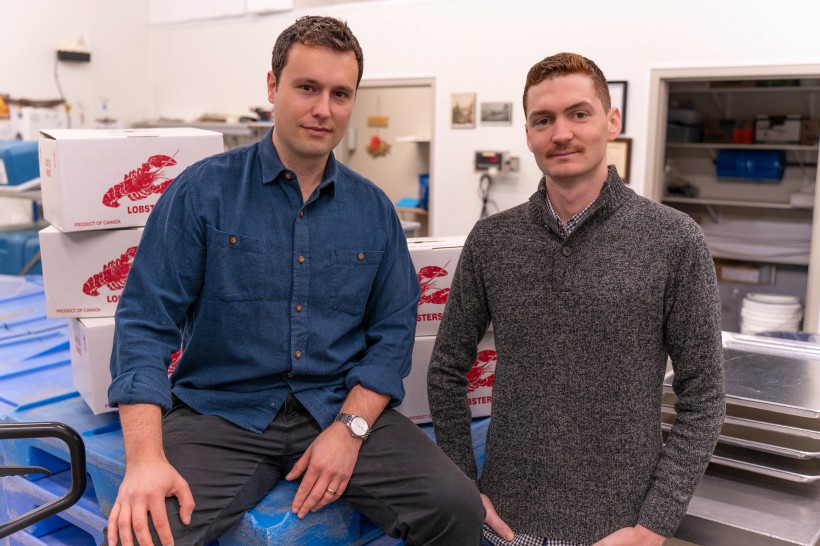The total value of the jackpot is $8.85 billion, and there are 4,269 ways to win. Am I talking about a new lottery? No. It’s the funding mechanisms for research and development offered by Canadian governments.
According to The Funding Portal, an Ottawa group that helps innovators tap government funding, 4,269 government programs hand out almost $9 billion to people toiling to build a better mousetrap. Let’s add a bit of perspective to that figure: The entire New Brunswick government’s annual program spending is $8 billion.
So Ottawa and its provinces and territories are handing out more for R&D than it costs to run a province for a year. It’s a lot of dough, and the process of tapping into it is a mind-boggling labyrinth that baffles even the brainiacs who invent stuff.
That’s why a good deal of the feedback I received about the federal government’s efforts to streamline R&D funding was positive. In last week’s column, I mentioned J.P. Deveau’s concerns about the direction the reforms are taking, especially in the Scientific Research and Experimental Development (SR&ED) program.
But others are more supportive of the reforms. Some of the sources I spoke to for this column agreed to be interviewed only on if they remained anonymous. While I’ve omitted their names, each of them are experts in the innovation field.
“The current system is complex and prone to subjective interpretation,” says one expert. “As a result, many SMEs outsource the claims to a consultant who works for a contingency based on successful a claim submission. The report calls for simplifying the process to only cover labour-related costs but also for increasing the rate because of the new smaller cost base.”
Deveau and Canadian manufacturers and exporters take exception to the proposal to revamp SR&ED so it covers only labour costs, because manufacturers and certain other start-ups can’t avoid paying for materials and equipment in developing prototypes. Others look on the move more favourably—not 100% favourably, but they perceive advantages to the reforms proposed by Tom Jenkins and his task force.
“From my perspective, the labour-only qualification makes sense because it can be difficult to figure out what makes it and does not with equipment,” says the previously quoted expert. Another source argued that many ventures will see increased funding because of this reform, because the narrower focus would allow more money for qualifying companies.
Several people I talked to approved of the government’s efforts to streamline the process because money will now be channelled to companies themselves rather than consultants paid to make the applications for the various programs. Consultants are typically paid 20% of the grant money because they have the knowledge and patience to fill out the forms and deal with the bureaucracy, and a simpler process should eliminate—or at least reduce—this wasteful cost.
I heard more optimism about the reforms than I had expected to when I spoke to the sources, especially in the IT sector. Some believe the reduction in certain programs might end up with more money being channelled into other programs, such as IRAP. Others believe governments will have less money in the future for all programs, and the best entrepreneurs will simply learn to live with that.
“I think R&D spending is critical to the level of innovation and prosperity of our economy,” says one authority on the matter. “However, if companies are forced to do more with less and run leaner, they aren’t necessarily in a bad position. It keeps companies focused, maybe moving them to market sooner to gain revenue earlier.”









